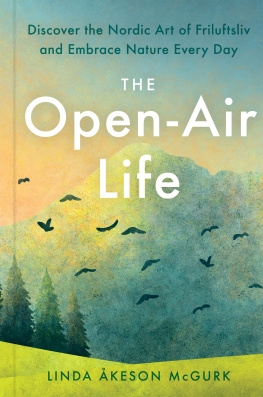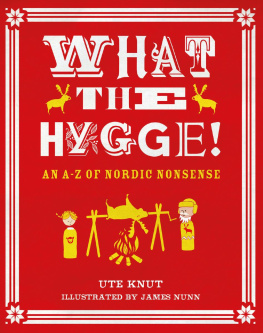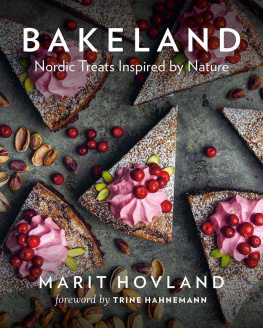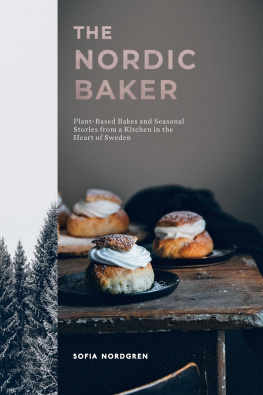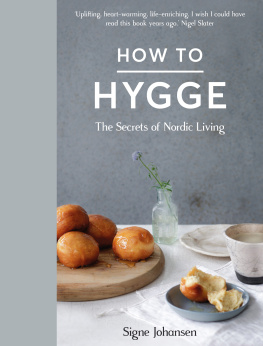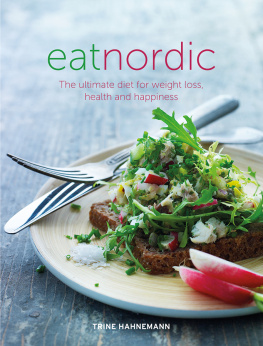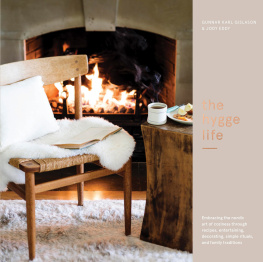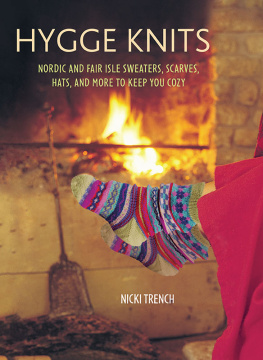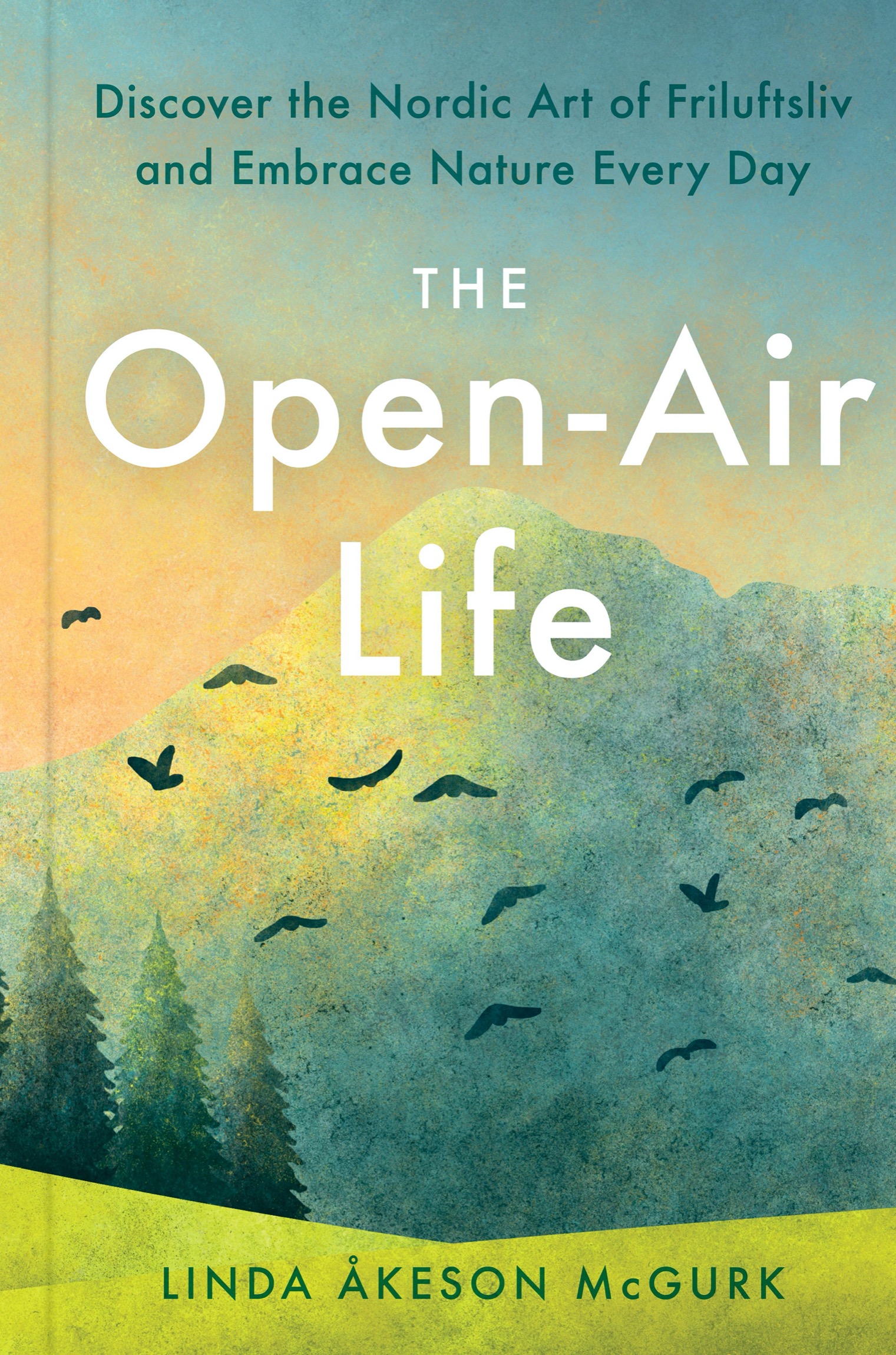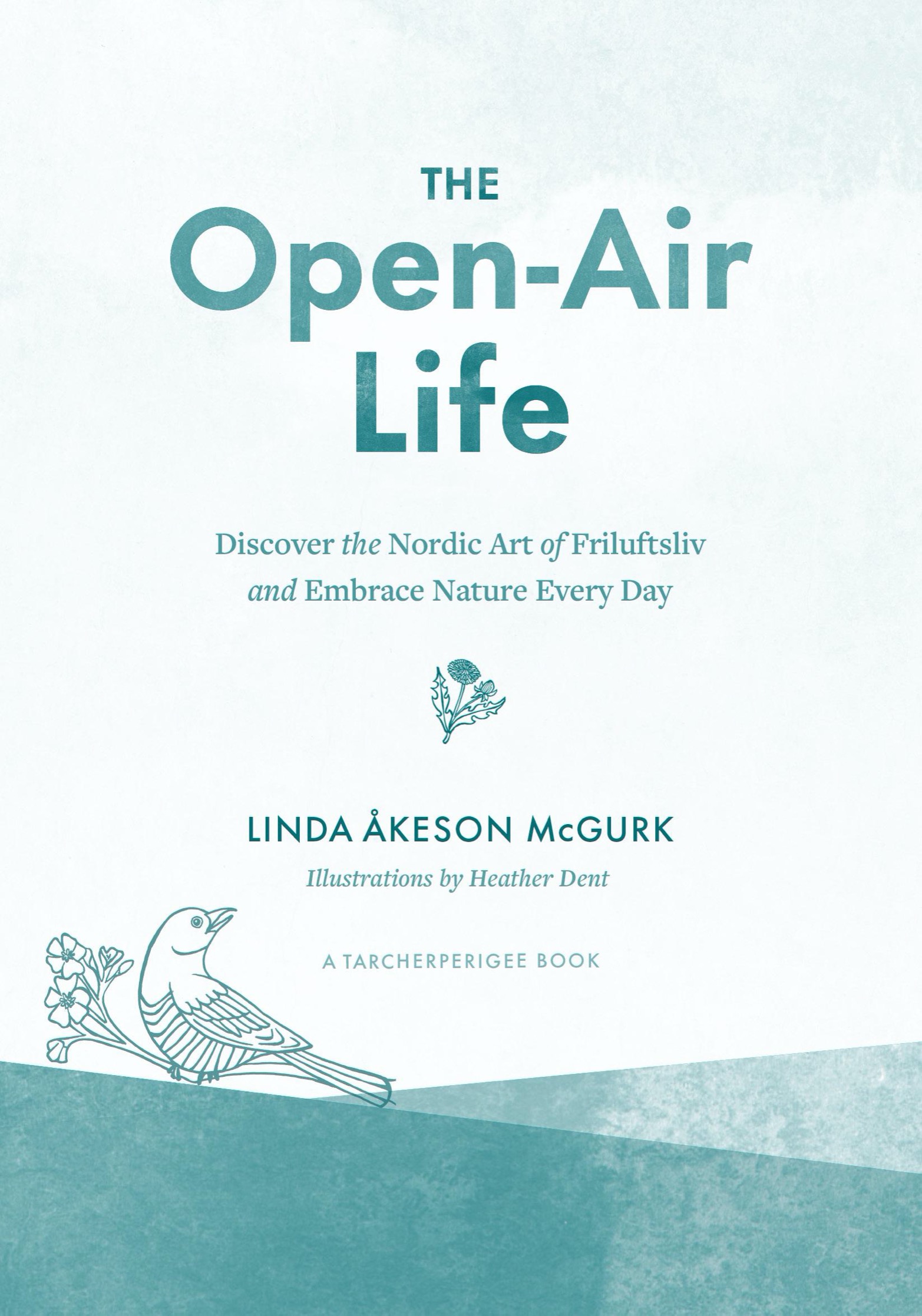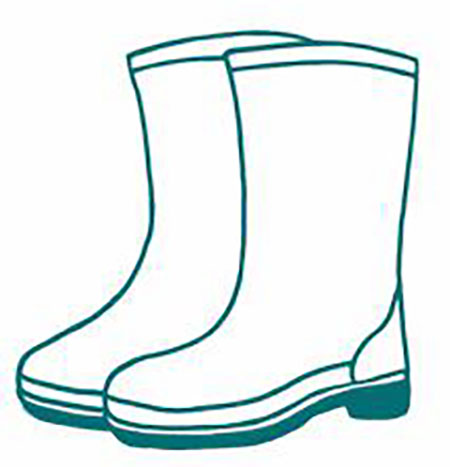Praise for The Open-Air Life
Whatever you do, get outside! Its time to reclaim our mind-body health, as well as the lives of our children, from the indoor grind of always-on tech and brain-scattering media. Linda keson McGurks gentle but inspiring approach rekindles our faith in the outdoors, whether were just sleeping on our own porch or taking a long hike in the woods. With her useful everyday tips, were reminded how easy it can be to reconnect ourselves and our families to the instant and deep benefits of nature.
Anu Partanen, author of The Nordic Theory of Everything
In The Open-Air Life, Linda keson McGurk takes us on a fascinating journey to explore how nature can enhance our lives. While some of the general concepts are familiar, she adds a unique perspective by introducing us to terminology and customs rooted in strong tradition from her native country, Sweden, and the surrounding Nordic countries. Through poetic storytelling, helpful checklists, and informative illustrations sprinkled throughout the book, she educates and inspires us to step outdoors into the fresh air and bring a number of nature-connection habits into our daily lives no matter where we live, our age, or what language we use to describe them.
Sandi Schwartz, author of Finding Ecohappiness
Discover the Nordic secret to unplugging and connecting more deeply with nature: friluftsliv. I highly recommend The Open-Air Life to nature lovers everywhere.
Dr. Qing Li, professor, Nippon Medical School, and author of Forest Bathing
Linda McGurk has given us a fine guide to caring for our true nature by connecting to the rest of nature. My hats off (but soon to be back on, as Im going for a hike).
Richard Louv, author of Vitamin N and Last Child in the Woods
Reading the prose of Linda keson McGurk is always a reminder to be intentional about connecting with what I know deep in my bones: that going outside is going home. The Open-Air Life is an invitation to claim a way of being in the world that deems time outside as essential as breathing or drinking clean water. Full of practical tips and inspiring stories, this book is an essential guide for anyone who wants to further embrace life in the open air.
Heidi Barr, author of Collisions of Earth and Sky and coauthor of 12 Tiny Things

An imprint of Penguin Random House LLC
penguinrandomhouse.com
Copyright 2022 by Linda keson McGurk
Penguin Random House supports copyright. Copyright fuels creativity, encourages diverse voices, promotes free speech, and creates a vibrant culture. Thank you for buying an authorized edition of this book and for complying with copyright laws by not reproducing, scanning, or distributing any part of it in any form without permission. You are supporting writers and allowing Penguin Random House to continue to publish books for every reader.
Excerpt from Gken by August Strindberg, translated as The Cuckoo by John Irons. Copyright 2019 by John Irons. Used by permission of the translator.
TarcherPerigee with tp colophon is a registered trademark of Penguin Random House LLC.
Library of Congress Cataloging-in-Publication Data
Names: McGurk, Linda keson, author.
Title: The open-air life: discover the Nordic art of friluftsliv and embrace nature every day / Linda keson McGurk; illustrations by Heather Dent.
Description: New York: TarcherPerigee, [2022]
Identifiers: LCCN 2022020346 (print) | LCCN 2022020347 (ebook) | ISBN 9780593420942 (hardcover) | ISBN 9780593420959 (epub)
Subjects: LCSH: Outdoor recreationSocial aspectsScandinavia. | NatureSocial aspectsScandinavia. | LifestylesScandinavia. | ScandinaviaSocial life and customs.
Classification: LCC GV191.48.S34 M34 2022 (print) | LCC GV191.48.S34 (ebook) | DDC 796.50948dc23/eng/20220810
LC record available at https://lccn.loc.gov/2022020346
LC ebook record available at https://lccn.loc.gov/2022020347
Cover design: Jess Morphew
Cover art: Svetlana Kucherova / iStock / Getty Images Plus
Book design by Lorie Pagnozzi, adapted for ebook by Kelly Brennan
Outdoor recreational activities are by their very nature potentially hazardous. All participants in such activities must assume the responsibility for their own actions and safety. If you have any health problems or medical conditions, consult with your physician before undertaking any outdoor activities. The information contained in this guidebook cannot replace sound judgment and good decision making, which can help reduce risk exposure, nor does the scope of this book allow for disclosure of all the potential hazards and risks involved in such activities. Learn as much as possible about the outdoor recreational activities in which you participate, prepare for the unexpected, and be cautious. The reward will be a safer and more enjoyable experience.
pid_prh_6.0_141668955_c0_r0
MOTHER NATURE, THIS ONE IS FOR YOU.
CONTENTS
In the lonely seter-corner,
My abundant catch I take.
Theres a hearth, and a table,
And friluftsliv for my thoughts.
HENRIK IBSEN
INTRODUCTION
on any given workday, i spend most of my time sitting at a desk, in front of a screen, while my phone and email notifications are constantly poking me for attention. I have about fifty-six different website tabs and seventeen Word files open on my laptop while simultaneously fighting Wi-Fi issues and at least a couple of software installations gone wrong. Subconsciously my brain is also processing an incessant flow of mental clutter, from remembering to schedule dental appointments for my daughters to planning what we are going to have for dinner and wondering if I really emptied that load of laundry that I ran two days ago. By the time I wrap up work and the girls come back from school in the afternoon, I often feel like Im spent, finished, deep-fried.
I know Im not alone. In fact, this is the reality for many of us. We do our best to balance the demands of family life, work, and other commitments, but many of us do it in an environment that researchers have found is inherently bad for our mental and physical healthindoors, plugged into our various electronic devices, and with little daily contact with nature. For lack of a better word, an increasing number of us are what neurophysiologist and educator Carla Hannaford has dubbed SOSOHstressed-out, survival-oriented humans.
Almost 80 percent of the population in the developed world lives in urban areas today, due to a mass migration to the cities that essentially started less than two hundred years ago. That makes our human experience radically different from that of our distant ancestors on the savanna, and even distinctly different from the lives our rural ancestors lived as recently as a few generations ago. But humans have evolved in nature for millennia, and even though we might like to think otherwise, our bodies and brains havent changed that much since we lived in caves. We even have internal biological clocks that synchronize with the rhythms of nature, functions that are suppressed by our modern lifestyle. Neither urbanization nor digitalization is likely to go away, so whats a frazzled modern human being to do?

